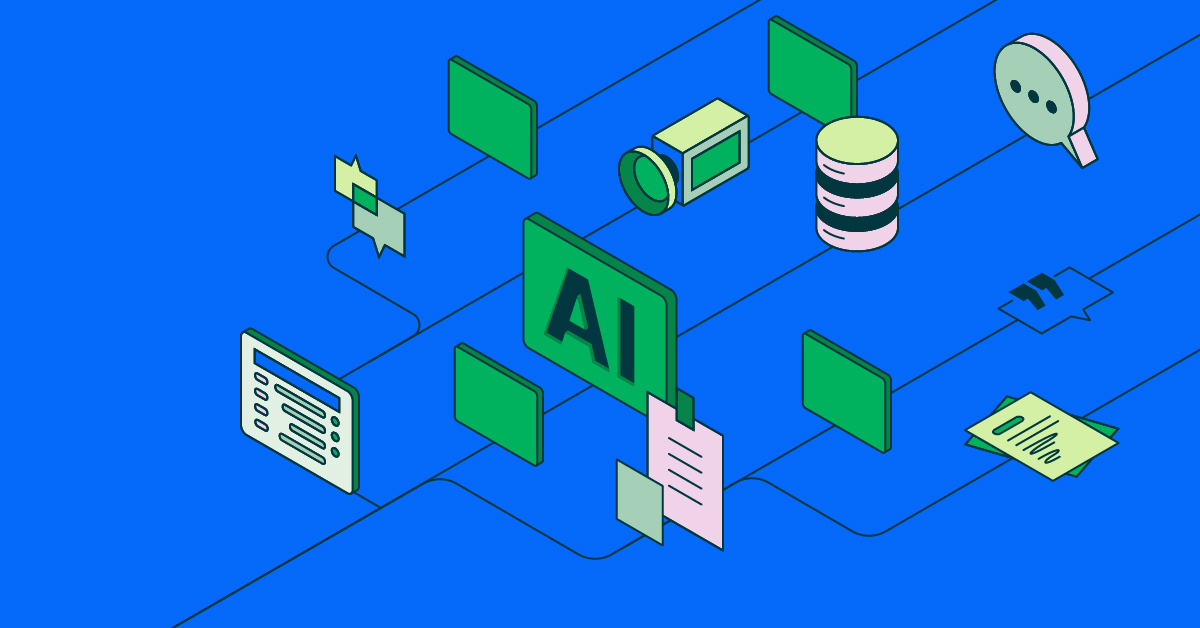- Juni 27, 2024
- 5 min
5 signs it’s time to select a new CMS
Magnolia in Aktion
Unser Expertenteam zeigt Ihnen live, was Magnolia für Sie leisten kann.
Jetzt Demo buchenWhen you invest in a content management system (CMS) or a digital experience platform DXP), you always hope that you’ve chosen a solution that will effectively and efficiently power your organizations’ digital presence for years to come. But both technology and your business needs can evolve in unpredictable ways, and eventually you’ll need to update your systems..
The important part is knowing when to make the change, and executing it well. This is harder than it seems. After a while, users can get used to convoluted workflows and endless workarounds. They can get used to being boxed in and having their ideas limited by their content management system’s capabilities and don’t realise that there are better, more efficient ways of working.
Of course, no matter hard your team works, these problems will inevitably manifest into issues in your customers’ experiences, which can have a huge impact on revenue. With that in mind, here are five signs that it is time to look for a new content management system:
1. IT is constantly involved in author/editor tasks
Marketers frequently need to create, add, modify, search for, replicate and archive a wide range of content for websites and apps, which could be living in the CMS, a DAM, or another external system, for example a commerce platform.
Sometimes, it’s a simple job like updating copy, tweaking the number of text columns and making adjustments to site navigation. There are more complex shifts like personalization that lead to completely new customer experiences.
When they routinely trigger IT involvement, marketers lose their independence while developers take on extra work that sidetracks them from more strategic projects.
Marketers should be able to modify metadata easily, whether related to customer behavior, properties of a digital asset, workflow process data or product information. Either because of an aging CMS itself or poor implementation of an adequate one, business users often find themselves unable to make these changes. Your CMS should give marketers the ability to take control of these day-to-day tasks.
2. Campaigns require custom development projects
Marketing departments often need to quickly spin up and manage campaigns, whether it’s a seasonal sale or a new product launch.
However, when platform features and business processes are not independent from one another – as they often are not in rigid CMS platforms/implementations – marketers are forced, again and again, to have IT create various combinations of technical functionality, application integration and business process for each annual, seasonal or new campaign.
If this year’s Christmas campaign is more work for IT than for marketing, if last year’s Black Friday campaign can’t be heavily reused in this year’s Black Friday launch, or if this year’s conference app can’t easily access last year’s attendee data, it’s probably time to rethink your approach.
3. It’s difficult to collect, analyze and leverage customer data
Effective online marketers must be able to deliver unique digital experiences to customers based on customer data. This could be explicit data like demographic information submitted through a sign-up form or implicit data such as information about which pages they’ve recently visited.
Leveraging this data requires an efficient means of:
collecting and unifying customer data across channels and devices
using analytics tools to extract patterns and meaning from the data
empowering marketers to immediately incorporate what is learned about customers into their next interaction
If your CMS cannot do these things (or integrate easily with tools that can), your company is leaving money on the table. According to Harvard Business Review, personalization can deliver five to eight times the ROI on marketing spend and can lift sales by 10% or more.
Making generative AI real for content teams
Harness the power of generative AI to revolutionize your content creation process. Learn how to produce high-quality, personalized content faster and more efficiently than ever before. (
4. Your digital marketing is disjointed across channels
You communicate with customers and prospects across a lot of different channels, and if you say different things on each one you’re only going to confuse them. Consistency is key to communicating your message—in fact research from the Aberdeen Group (via Forbes) shows that companies with the strongest omnichannel strategies retained 89% of their customers, compared to 33% for those with weaker strategies.
Circling back to the third point, the ability to gather and leverage customer data is key to providing these types of omnichannel experiences. But what makes it all possible is a CMS that can separate content from the presentation of that content. That is where headless and hybrid headless systems come into play, as they eliminate the need to recreate—and then maintain—the same content for different channels.
5. Lack of flexibility
If your content management system is more than a couple of years old, odds are that the context in which it exists have changed. You may have changed business models or implemented other important technologies into your marketing stack.
A CMS that isn’t flexible enough to incorporate and thrive with these changes is only going to have a negative impact on time and productivity.
To be a reliable foundation for your digital marketing, your CMS must easily integrate with your other enterprise technologies – e-commerce systems, customer data platforms, social media apps, and so on.
Building your digital future
Magnolia is actually a great example of this sort of flexibility at work. With a rich set of integration points, Magnolia integrates in a way that unifies your martech stack and increases efficiency. For instance, you could easily connect with Google Analytics to see insights into the pages while you’re editing, or your editors can access assets no matter whether they’re stored in Magnolia, a DAM or another system.
Finding and implementing a new content management system can be a daunting undertaking, but there comes a point where it has to be done. If your organization is facing some combination of the five signs covered above, it’s probably time to start your search.








